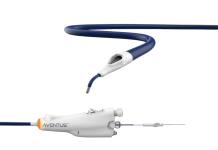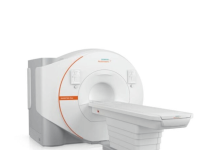PhotoPharmics has enrolled the first 100 subjects in its clinical trial investigating a light therapy device designed for the treatment of Parkinson’s disease (PD).
The US company says the milestone means it’s on track for enrolling its 300-strong target.
Related: Implantica reveals positive results for IEM implant
While there are approved drugs for PD, there is a lack of devices on the market that target symptoms beyond tremors. PhotoPharmics’s device, named Celeste, already won a US Food and Drug Administration (FDA) breakthrough device designation in 2020, meaning the company is eligible for a streamlined premarket review phase.
PhotoPharmics’ technology uses phototherapy to target photoreceptors in the eyes responsible for circadian rhythm – the day-by-day biological cycles that help many bodily functions.
This means PD symptoms such as sleep disturbances, fatigue, psychological health, and cognition can be addressed with light therapy, according to the company. The device is designed to be used on top of current medication. Light therapy, which involves bathing the face in certain wavelengths of light, can be used at home during normal evening activities.
The pivotal trial for Celeste (NCT04453033), which kicked off in March this year, is designed to see whether the technology can improve both motor and non-motor function, as well as the overall quality of life for patients with the disease. A pivotal trial for a medical device is similar to a Phase III trial for a drug, the final stage of clinical research before marketing applications are submitted to regulatory agencies.
The ‘Light for PD trial’ is being conducted in collaboration with the University of Rochester Medical Centre and will see participants in the US use Celeste for one hour a day during reading, eating, or watching television. Patients’ quality of life will be assessed via questionnaires at 26 weeks, which makes the primary endpoint. The secondary endpoint includes an assessment of the Movement Disorders Society-Unified Parkinson’s Disease Rating Scale.
The number of Parkinson’s cases will grow to nearly three billion in 2029 in the seven major markets (UK, US, France, Germany, Italy, Spain, and Japan), up from 2.4 billion cases in 2019, according to analysis by GlobalData.






